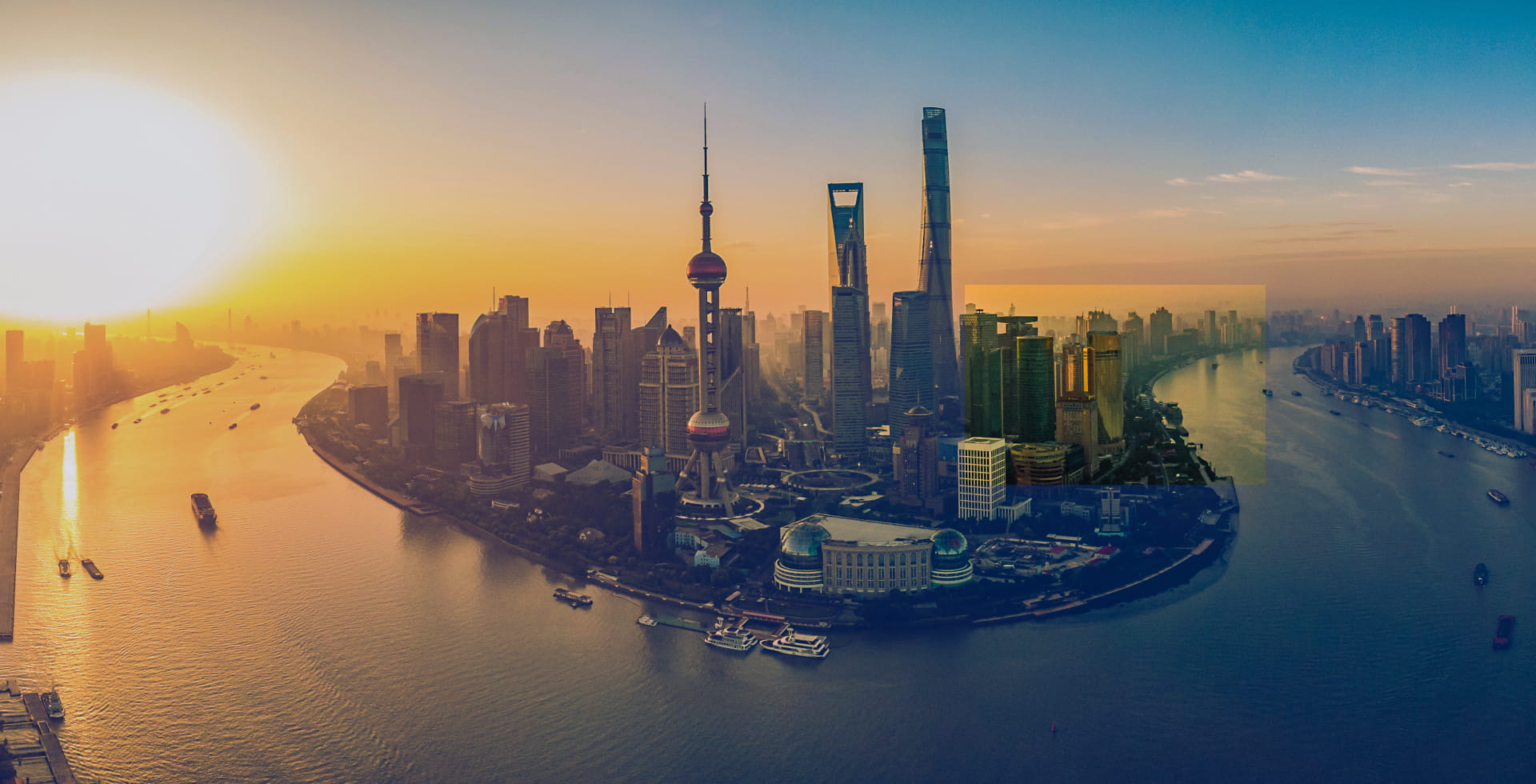Active is: Anticipating what’s ahead
“Year of the Ox” symbolises China’s strong future

Summary
This lunar new year, China has much to celebrate – including resilient economic growth, widespread success at suppressing Covid-19 and a steady transformation into an advanced economy. That’s why the ox is a suitable symbol for a country that continues to do the hard work needed to maintain its trajectory.
Key takeaways
|
Active is: Expanding the boundaries of investing
Asian high-yield bonds look increasingly attractive

Summary
In the world of fixed income, Asia can offer more income potential and relative value than many other regions. This should be particularly helpful to investors today, given historically low interest rates and concerns over high valuations.



Will China keep the coronavirus at bay?
Covid-19 is the main risk for economic growth globally – and China is no exception. But China and Asia overall seem to be in a better position than their Western counterparts, given that the United States, the European Union and other major economies are still struggling to bring the coronavirus under control. If China’s economy keeps up its strong recovery, China’s equity and bond markets may look increasingly attractive.
Will China repair relationships with existing trading partners– and strengthen new ones?
China’s troubled relationship with the US has been a major geopolitical theme in recent years. US President Joe Biden may help reduce tensions, but some issues will undoubtedly remain. This is one reason why China has been steadily becoming more self-sufficient by strengthening its supply chains, building up its own advanced-manufacturing capabilities and forming new alliances.
For example, the new Regional Comprehensive Economic Partnership (RCEP) creates an economic bloc of Asia-Pacific nations that covers a third of the world’s population. The RCEP deal will apply to almost 30% of global trade and GDP – more than the EU’s trading bloc or the US-Mexico-Canada agreement.
The EU and China also recently announced their Comprehensive Investment Agreement (CAI) after seven years of negotiations. This should provide the EU with access to important new commercial opportunities in the manufacturing, automotive and financial services sectors, among others. For China, the CAI is a strategic breakthrough, helping it form new international partnerships amid the rise of protectionism and anti-China sentiment.
Will China keep up its successful economic transformation – or will it overreach?
China continues to make progress in developing innovative technologies that help the country compete in higher value-adding, advanced-manufacturing sectors such as robotics and aviation. Recently, China officially launched its “Dual Circulation Strategy”, which involves substituting imported goods (such as semiconductors) for domestic ones while expanding domestic demand. The goal is to further advance China’s per-capita GDP so the country can more quickly complete its transformation to an advanced economy.
These policies have been well-received by the financial markets overall, but others haven’t been. China’s regulators recently clamped down on some of the country’s best-known corporations, accusing them of monopolistic and anti-consumer behaviour. However, we don’t believe Beijing will take this too far for fear of putting Chinese companies at a competitive disadvantage.
Will China continue emphasising sustainability?
Slowly but surely, China is devoting more attention to the issues that are critical to the sustainability of its economy.
At the same time, China must do more to improve transparency so investors can understand more about how companies and policymakers are approaching important ESG issues. Until then, it’s vital for investors to find partners who can provide proprietary research into what’s really happening behind the scenes.